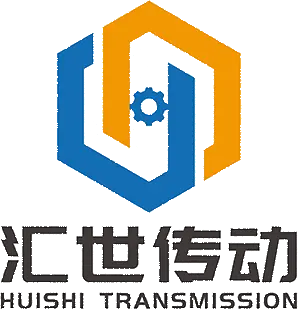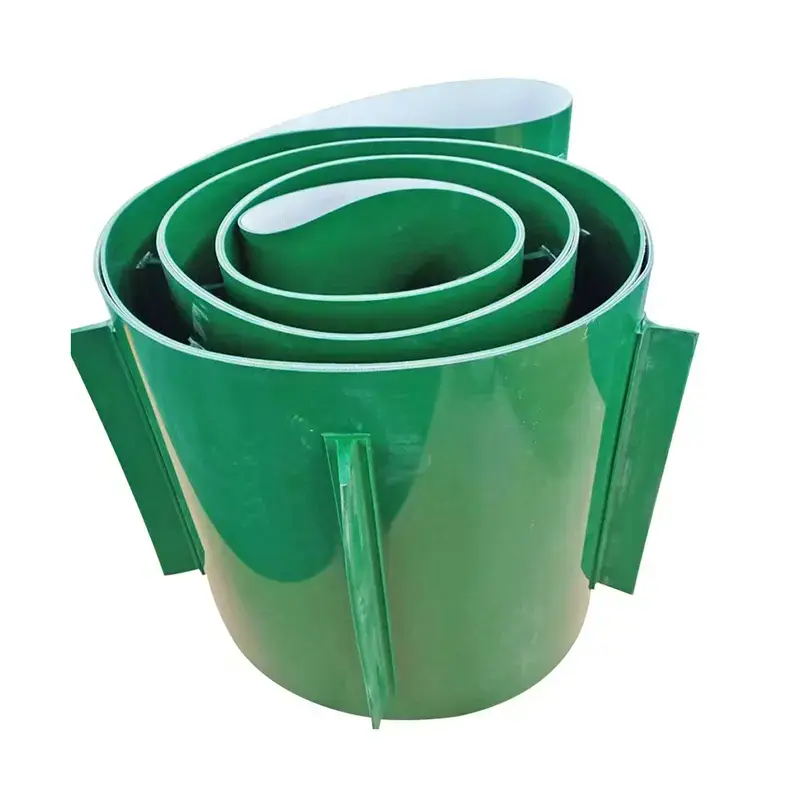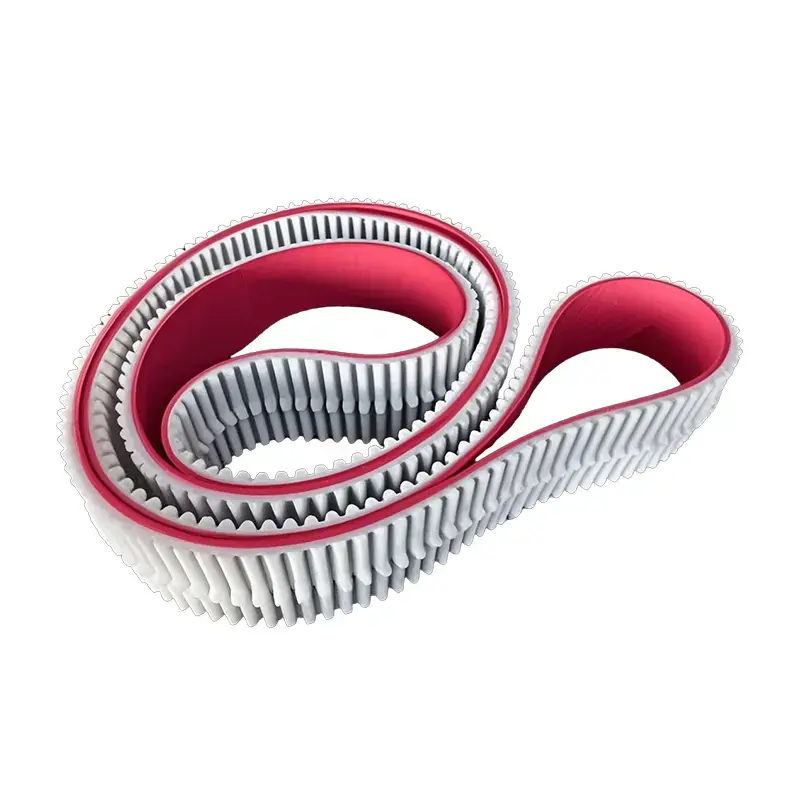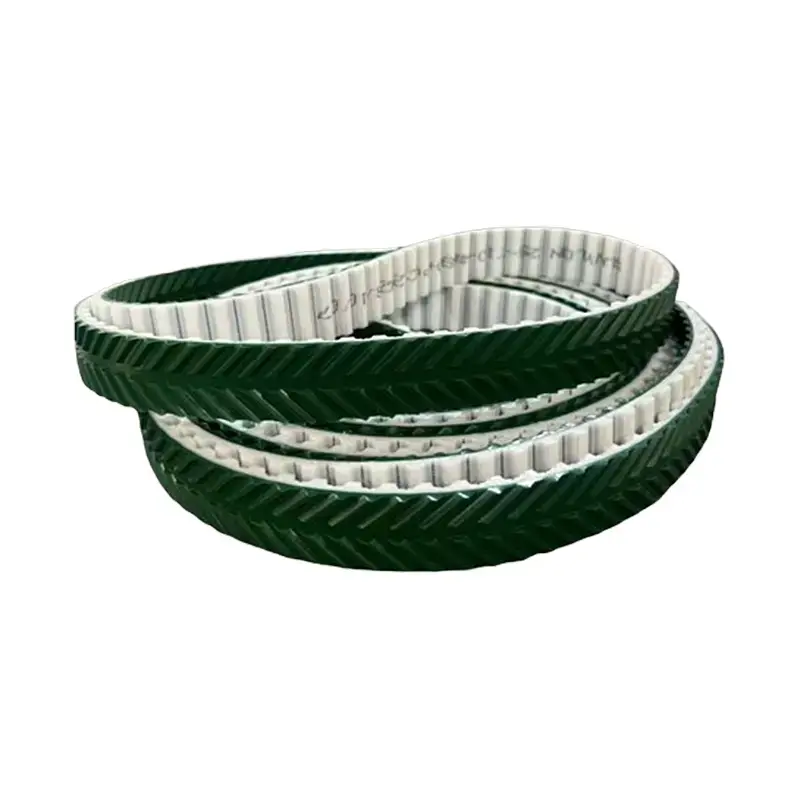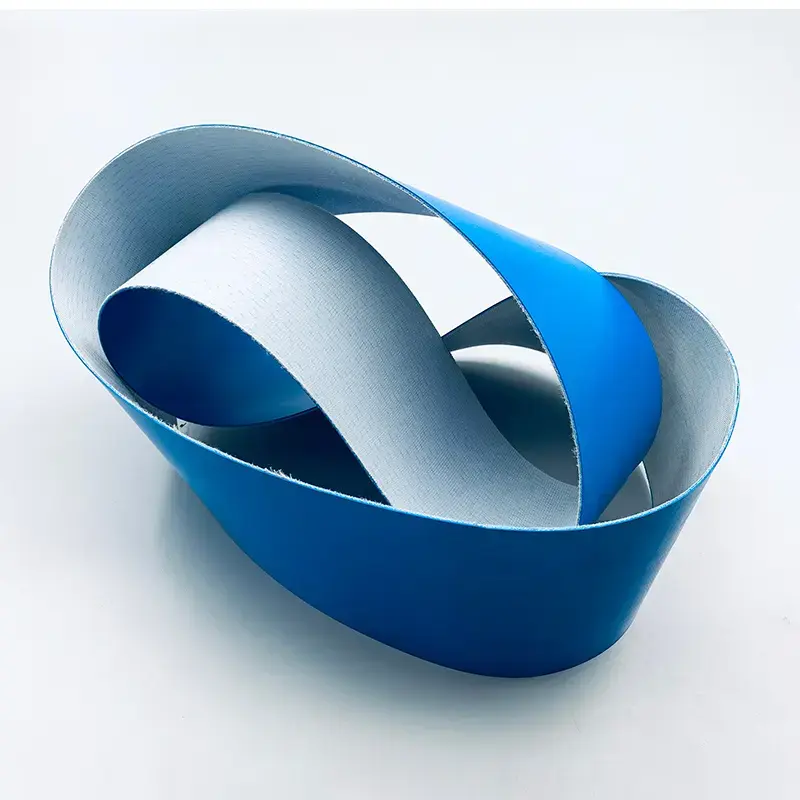 +86-19862000127
+86-19862000127 Wire Rope Pulley: The Unsung Hero of B2B Lifting and Hoisting
In the world of heavy lifting and rigging, the spotlight often falls on powerful cranes and robust winches. However, the true efficiency, safety, and longevity of these systems depend on a more fundamental component: the wire rope pulley. Also known as a sheave, this seemingly simple device plays a critical role in changing the direction of force, multiplying mechanical advantage, and guiding wire ropes smoothly. For businesses in construction, manufacturing, and logistics, understanding the importance of a high-quality Wire Rope Pulley is essential for maintaining operational safety and maximizing equipment performance.
Why Quality Wire Rope Pulleys Are a Critical B2B Investment
Investing in top-tier wire rope pulleys is not just a matter of compliance; it's a strategic decision that directly impacts your company's productivity, safety record, and bottom line.
-
Extended Rope Life: A well-designed pulley with a smooth, properly grooved sheave reduces friction and wear on the wire rope. A poor-quality or worn-out pulley can cause premature rope fraying and damage, leading to expensive replacements and dangerous failures.
-
Enhanced Safety and Reliability: In lifting operations, failure is not an option. A high-quality pulley ensures the wire rope stays securely in its groove, preventing it from jumping off the sheave. This critical function maintains control of the load and drastically reduces the risk of accidents.
-
Improved Efficiency: Pulleys with a low coefficient of friction require less energy to operate, making your lifting equipment more efficient. This translates to lower fuel consumption or electricity costs and less strain on motors and winches.
-
Optimal Mechanical Advantage: By using multiple pulleys in a block and tackle system, you can lift incredibly heavy loads with minimal effort. The effectiveness of this mechanical advantage is directly tied to the performance and design of each pulley.
Key Factors When Sourcing Wire Rope Pulleys
Choosing the right wire rope pulley for your business requires careful consideration of several key specifications to ensure compatibility and performance.
-
Sheave Diameter: This is one of the most important factors. The diameter of the sheave should be at least 20 times the diameter of the wire rope. A smaller sheave will cause excessive bending stress on the rope, reducing its lifespan.
-
Groove Profile: The groove of the pulley must precisely match the diameter and type of your wire rope. A mismatch can lead to improper rope seating, causing slippage and accelerated wear.
-
Material and Bearings: Pulleys are typically made from steel or cast iron. The choice of material impacts its strength and durability. The type of bearing (e.g., plain bearing, roller bearing) determines the pulley's efficiency and load capacity. For heavy, continuous use, roller bearings are preferred.
-
Load Capacity (WLL): The Working Load Limit (WLL) of the pulley must be clearly marked and must exceed the maximum load it will be subjected to. Never operate a pulley above its WLL.
-
Corrosion Resistance: For outdoor or marine applications, consider pulleys with a galvanized finish or made from stainless steel to resist rust and corrosion, ensuring long-term reliability.

Final Thoughts
The wire rope pulley may be a small part of a larger system, but its impact on safety, efficiency, and cost-effectiveness is immense. For any business involved in lifting, hoisting, or material handling, a strategic approach to sourcing high-quality pulleys is a non-negotiable step. By paying attention to key factors like sheave diameter, material, and load capacity, you can ensure your equipment operates at peak performance, protecting your assets, your people, and your bottom line.
FAQ
Q1: What is the main difference between a sheave and a pulley? A: The terms are often used interchangeably, but technically, a sheave is the grooved wheel inside a pulley block. The complete assembly, including the frame and bearings, is the pulley.
Q2: How do I know when it's time to replace a wire rope pulley? A: You should inspect pulleys regularly for signs of wear, such as a worn or uneven groove, cracks, or damage to the flange. Any visible damage, excessive wobble, or squealing sounds during operation are strong indicators that a replacement is needed.
Q3: Can I use the same pulley for different sizes of wire rope? A: No, it's critical to use a pulley with a groove profile that matches the exact diameter of your wire rope. Using a mismatched pulley can cause the rope to flatten, leading to premature failure.
Q4: Does the material of the pulley affect its performance? A: Yes, the material significantly affects a pulley's performance. Steel pulleys are known for their high strength, while cast iron is durable but can be more brittle. The choice of material should be based on the required load capacity and environmental conditions.



